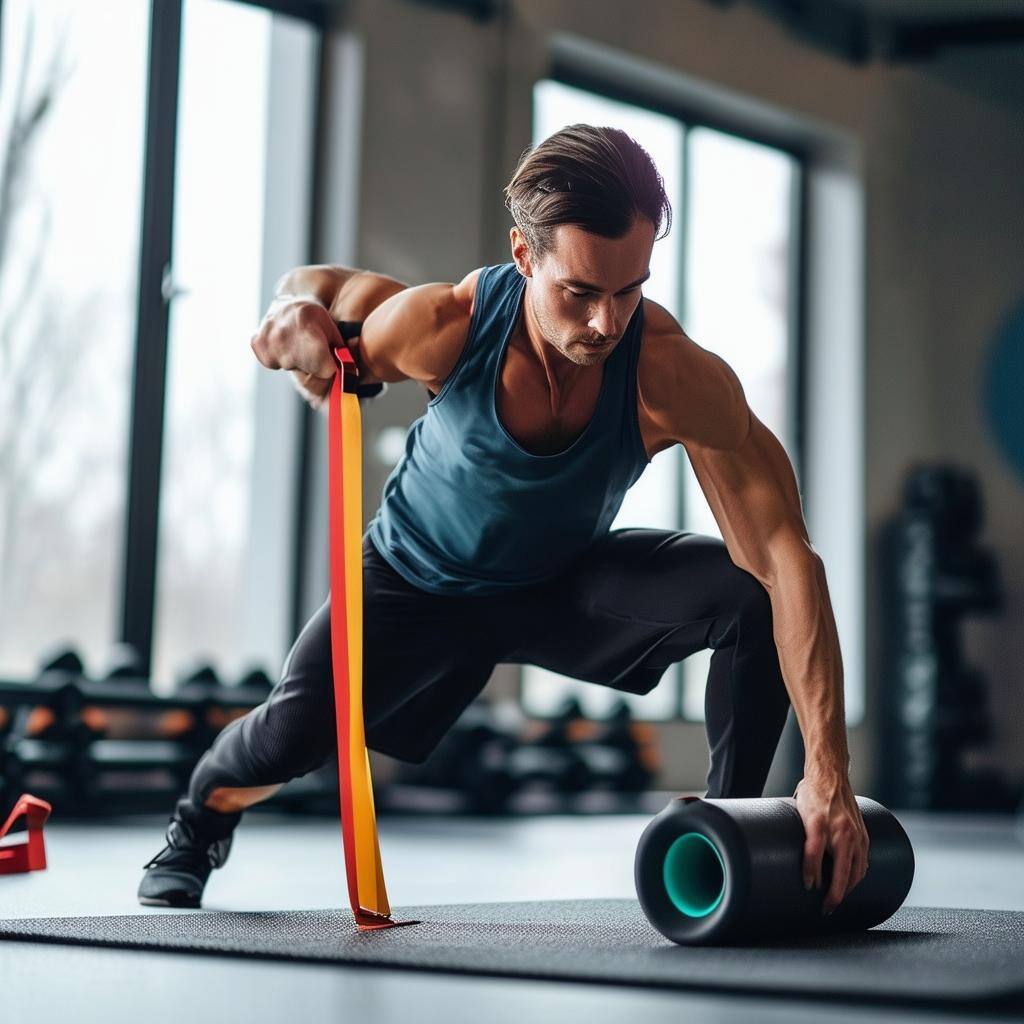
- October 14 2024
- Kadarius Jack PT, DPT
The Importance of Mobility for Training: Unlocking Your Body's Potential
When it comes to training—whether for sports, fitness, or rehabilitation—mobility often takes a
backseat to strength and endurance. However, mobility is the cornerstone of a well-rounded
fitness regimen and plays a critical role in enhancing performance, preventing injuries, and
facilitating recovery. Let’s explore why mobility should be a priority in your training routine and
how to effectively incorporate it.
What is Mobility?
Mobility refers to the ability of your joints to move actively through a range of motion. This
involves not just the flexibility of your muscles and connective tissues, but also the strength and
control of the muscles around the joints. Good mobility allows for efficient movement patterns,
enabling you to perform exercises with proper form and reduce the risk of injury.
The Benefits of Mobility Training
- Improved Performance: Greater mobility translates to better movement quality.
Whether you’re running, lifting weights, or performing sports-specific skills, enhanced
mobility allows for smoother and more powerful movements. For example, a deeper
squat or a more extensive shoulder range can lead to improved lifting mechanics and
explosive power. - Injury Prevention: Many injuries stem from poor movement mechanics, often due to
inadequate mobility. Tight muscles and stiff joints can lead to compensatory movements
that increase the risk of strains, sprains, and overuse injuries. By prioritizing mobility, you
create a foundation that supports joint health and minimizes the likelihood of injuries. - Faster Recovery: Mobility work can also aid in recovery. By incorporating dynamic
stretches and mobility exercises post-workout, you can enhance blood flow to the
muscles, reducing soreness and speeding up recovery. Foam rolling and mobility drills
can help break up fascia and promote better tissue quality. - Enhanced Posture and Alignment: Poor posture can lead to various musculoskeletal
issues. Mobility training encourages proper alignment of the body, reducing stress on
joints and preventing discomfort. Improved posture not only feels better but can also
enhance your overall performance. - Functional Movement: In everyday life, good mobility is essential for functional
movements—lifting objects, squatting to pick something up, or reaching overhead.
Mobility training ensures that your body can handle these activities safely and efficiently,
promoting longevity in physical activity.
How to Incorporate Mobility into Your Training
- Warm-Up Routine: Start each workout with a dynamic warm-up that includes mobility exercises. Focus on areas that may be tight or restricted, such as the hips, shoulders, and thoracic spine. Exercises like leg swings, arm circles, and hip openers can get your body ready for action.
- Active Recovery: On rest days or after intense workouts, include mobility sessions. Yoga, Pilates, or dedicated mobility classes can help restore range of motion and flexibility while providing a low-impact workout.
- Incorporate Mobility Drills: Add specific mobility drills to your regular training sessions.
For instance, use hip circles, thoracic rotations, or ankle mobility exercises in between
sets or as part of your cooldown. - Listen to Your Body: Pay attention to areas of tightness or discomfort. If certain
movements feel restricted, dedicate extra time to addressing those areas. Consistency is
key—regular mobility work will yield better results over time. - Use Tools: Incorporate foam rollers, massage balls, and resistance bands into your
mobility routine. These tools can help alleviate tension and improve your range of
motion.
Conclusion
Mobility is not just an adjunct to training; it’s a fundamental component that enhances
performance, prevents injuries, and promotes overall physical well-being. By prioritizing mobility, you not only set yourself up for immediate success but also build a resilient foundation for long-term fitness goals. So, next time you plan your training sessions, remember: a little mobility goes a long way in unlocking your body’s true potential
If you need guidance in your mobility journey or have aches and pains that are keeping you from living your best life then give us a call at 850-912-9203, book your discovery call here or email us at info@starkperformancept.com
-1.png?width=129&height=50&name=Untitled%20design%20(24)-1.png)
Leave Your Comment
Many desktop publish packages web page editors now use model text
search for sites their infancy.